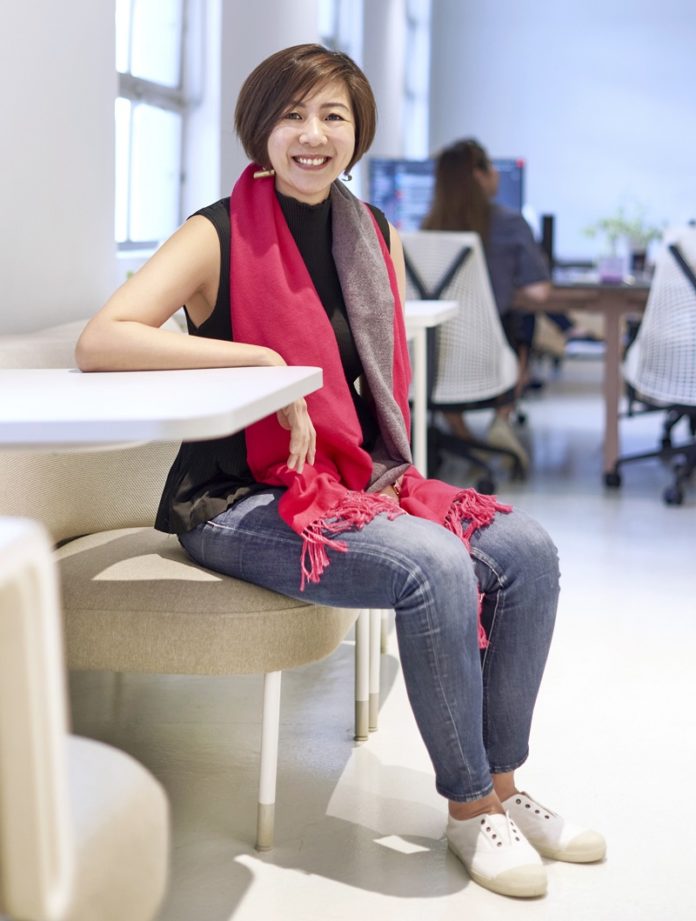As COVID-19 continues to impact the way we live and work, both organisations and employees have become used to our new routine of working from home. Business leaders have begun to look into the next steps for business continuity and a pressing question commonly asked is whether COVID-19 means the end of office.
Our research suggests the office is here to stay. Upon speaking to 25 business leaders and surveying over 500 respondents across the Asia Pacific, we found that the ability of their company to continue to support flexible working arrangements, alongside a return to the office, was ranked by 99% of respondents as ‘fairly important’. Other top concerns include safety of the workspace and managerial support.
And as authorities in Singapore have announced that more people will be allowed to go back to the workplace from Sep 28, given the low cases COVID-19 in the community, and with many employees keen to strike a balance between the office and home, what should employers be looking at, and implementing, in order to support a return to the office?
Putting people before space
Ensuring the safety of their fellow colleagues once we return to the office goes well beyond installing hand sanitisers. Instead, they should take a step back, look at new employee habits that have been cultivated, and aim to implement new safety protocols.
Ensuring compliance with mandatory restrictions is absolutely key, so first of all, the office must be set up to manage high touch areas and allow for social distancing. To complement these, playful and uplifting graphics in the workspace could help reinforce social distancing with a sense of humour, creating a positive and pleasant work environment. It is also an opportunity to inject your corporate culture into the look and feel of all tools of engagement, making internal communications cultural.
Another way of helping employees navigate the space in a fun, interactive way could be using wristbands as their very own signalling system. This gives employees a voice, allowing them to inform people of their personal safety space wishes, for example:
- Red tag: I’m in the office to use amenities but am not open to any physical interaction
- Yellow tag: I’m happy to have one-to-one discussions and some physical interaction like handshakes
- Green tag: I’m comfortable in group settings and open to physical interaction
In this way, employees can let their colleagues know how they feel about safety in an easy and intuitive manner.
Nimble, purposeful workspaces
With the purpose of the office changing, companies need to define for themselves what the workspace will do in the future. Business leaders should consider how the office will support work being done in it. 85% of our local respondents say they are able to concentrate on work tasks well at home while 97% believe the office is crucial for connecting effectively with colleagues.
What this means is, employees can work from home effectively while the social interactions including those that happen by chance by the pantry or along the corridors in the office are considered important.
These short conversations usually spark opportunities for creativity and innovation, a concept that resonates at the leadership level. One leader commented, “We’ve always had the capability to work remotely, but we miss those incidental conversations and the creativity that comes out of it.”
Thus, while the organic social interactions we had in the office could have once been dismissed as non-essential, remote working has highlighted the opposite. For many, these interactions were a fundamental driver of collaboration and creativity, and something we deeply miss. In designing the workplaces of the future, organisations must create workspaces to facilitate these types of interactions that are not achieved remotely.
At a high level, this should involve a shift in the ratio of workspaces for most organisations to reduce the number of individual fixed desks in favour of more shared spaces for collaboration and high-activity social areas such as in-house cafes, and nimble workspace that can be adjusted and transformed to a variety of work needs.
Additionally, design elements like open spaces, atriums, shared workspaces in common areas, staircases with seating, and outdoor workspaces can help to create an environment that encourages people to work together by locating desirable amenities in diverse locations, and facilitating “casual collisions” throughout the workday to promote teamwork and increased collaboration.
Testing solutions
There is no need to make big changes immediately. Take the time to gather reliable data from employees to inform the strategy for change. Once done, do not be afraid to experiment and test your solutions on small groups of staff or selected spaces. For example, companies can pilot their workplace solutions by allocating one or two floors of a building to experiment with the changes before implementing them organisation-wide.
This creates agile workspaces that fulfil short to mid-term organisation goals and uses each stage as a learning experience that informs the next transformation.
In fact, hybrid-offices, where the old and the new co-exist, would help ease employees into change. Apart from that, this gives the company time to evaluate and receive valuable feedback on what works and what does not. Companies would then also be able to uncover unexpected solutions which might fit their unique style of working and the specific configurations of their office space.
Why this is important for leaders
These challenging times bring about exciting opportunities to create the office of the future that would raise the bar in making employees feel safe, creative and productive. In a post-pandemic world, potential employees would start looking at the office space as an indicator of the progressiveness of a company.
At the same time, by putting greater thought and care into designing a future-thinking workplace, companies would be able to nurture a motivated and engaged workforce for the long term, and bolster workspace resilience in an uncertain future.














